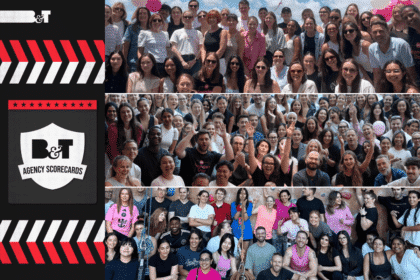The internet landscape is changing rapidly in the US, along with many other parts of the world. It’s changing here too, admittedly much more slowly, but it has the potential to go so much further.
The latest Global Internet Phenomenon from Sandvine shows that the average fixed-line user now downloads more than 50Gb per month, up 20 Gb from just six months ago. That’s a 66% leap. Compare that to the latest figures from the Australian Bureau of Statistics, which show only a 20% growth in total downloads from fixed line connections.
The reason for the difference is, of course, online video. Real time entertainment in North America now accounts for 65% of peak time downloads. And it’s passive, long form video that is taking the lion’s share of business. According to Sandvine, Netflix accounts for a third of all bandwidth used over there, with more than double the traffic for YouTube.
Closer to home Cisco’s Visual Networking Index shows our online video habits are much more constrained. We download 48.2Pb per month, that’s about 12 thousand DVDs worth. The Americans download 100 times that amount, with just 14 times the population.
One of the big differences is connectivity. Verizon has been rolling out its FiOS services, offering fibre to more and more homes, along with a myriad of local suppliers and Google’s own test-bed fibre deployment in Kansas.
The UK is also seeing a rapid roll-out of fibre, with BT Openreach planning to upgrade two thirds of the UK population, with more than 11 million properties also “passed”. Users there can choose between Netflix, Sky’s NowTV and Lovefilm, amongst a growing band of online video providers.
Here in Australia, the story is unfolding much more slowly and connectivity has a lot to do with it. Outside the cities DSL coverage is often slow and too unreliable for streaming video. Even in our capital cities many homes are simply too far from the phone exchange to experience the sort of speeds needed for hi-definition video.
The NBN will change all that, but it’ll take some time. It’s a gold-plated solution that will fibre-up 93% of the country, but it won’t be finished until 2021.
Nonetheless, it will change our lifestyle and provide new opportunities for content providers and advertisers. After a slow start the NBN is gaining traction, with NBNCo promising to pass 3.5 million premises by June 2015.
With the connectivity stumbling block removed, Australia will echo the online video consumption habits of other wired-up nations. And with the geographic reach of the NBN extending further than could be provided by any fully-commercial model overseas, ultimately, it could become more a part of our life than practically anywhere else.
Phil Duffield is APAC managing director for Adap.tv








